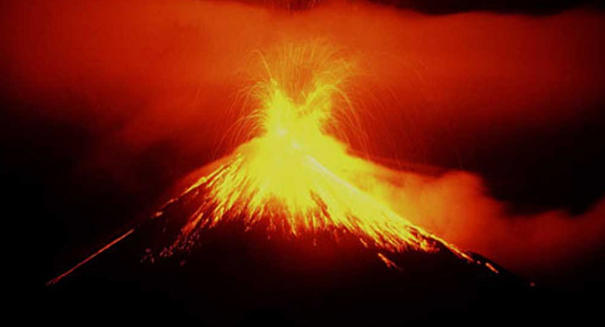
Scientists with the European Space Agency have just found evidence that some of the volcanoes on Venus may not be as quiet as they once believed.
Deep below Venus’s thick atmosphere, a number of ancient alien volcanoes lie dormant. According to the LA Times, however, new research suggests that some of these volcanoes may not be so dormant after all – some of them may even still be erupting.
The findings of a new study published in the journal Geophysical Review Letters may offer new insight into Earth’s early history. Scientists have long looked to our planetary neighbors for clues about how the Earth came to be, from looking for evidence of water on Mars to measuring Mercury’s magnetic field. Our closest neighbor, Venus, however, remains shrouded in mystery.
Venus has thick clouds of sulfuric acid hovering above its surface that block out visible light. Study author James Head, a planetary geoscientist from Brown University, says this is unfortunate because of the many similarities already known between the two planets. In terms of size, density, and position in the solar system, Venus is already the most Earth-like planet. Learning about Venus’s seismic activity could provide new insights into how Earth was formed.
Russian probes landed on Venus in the 70’s and 80’s, and photographed familiar features like plateaus and mountain belts. There were, however, very few craters to be seen. This suggested that the surface of the planet had changed recently, likely a result of seismic activity below the surface.
Nearly 40 years later, scientists from the European Space Agency may have just found the first piece of evidence suggesting that Venus is an active planet. The Venus Express spacecraft has been searching for bright spots that might indicate the presence of lava.
The study publishes the latest findings from the ESA’s Venus mission – there were multiple bright spots photographed on the surface of Venus that indicate increased temperatures, a sure sign of flowing lava. The lava popped up around rift zones, or places where surface plates collide, scrape, and move past each other.
The discovery of lava on Venus has many scientists excited to learn what this could tell us about Earth’s early history.